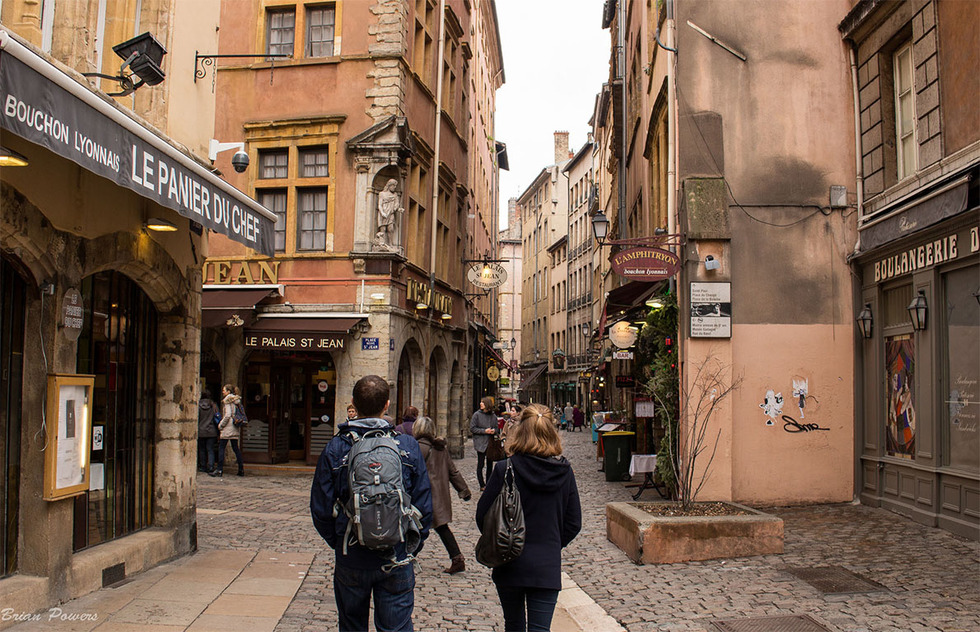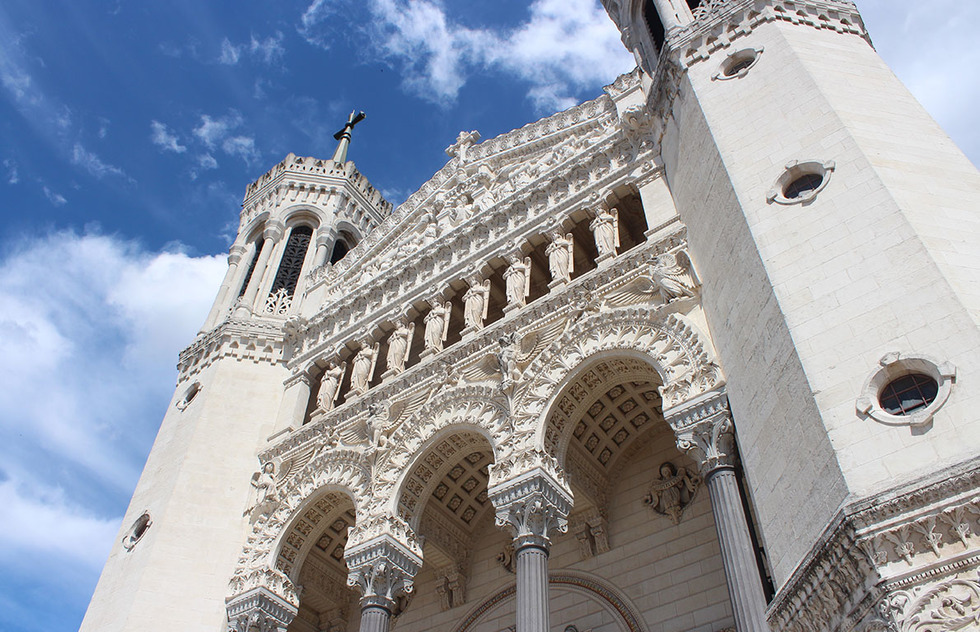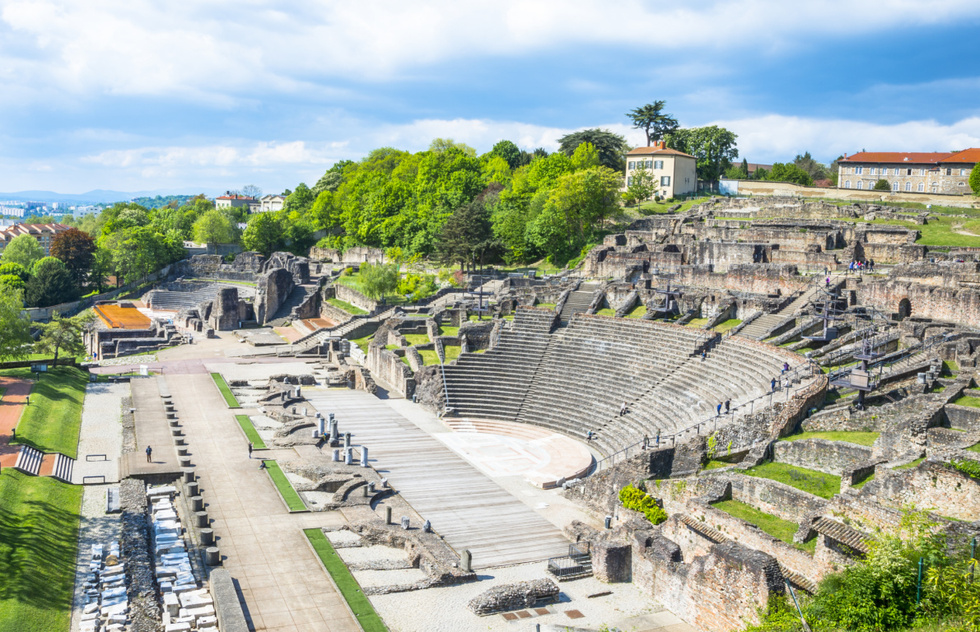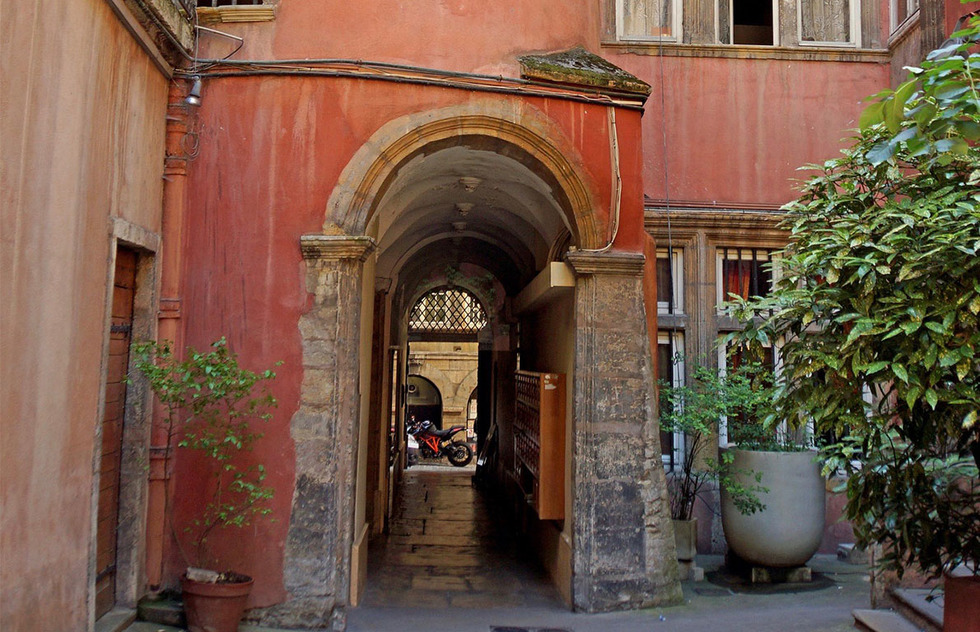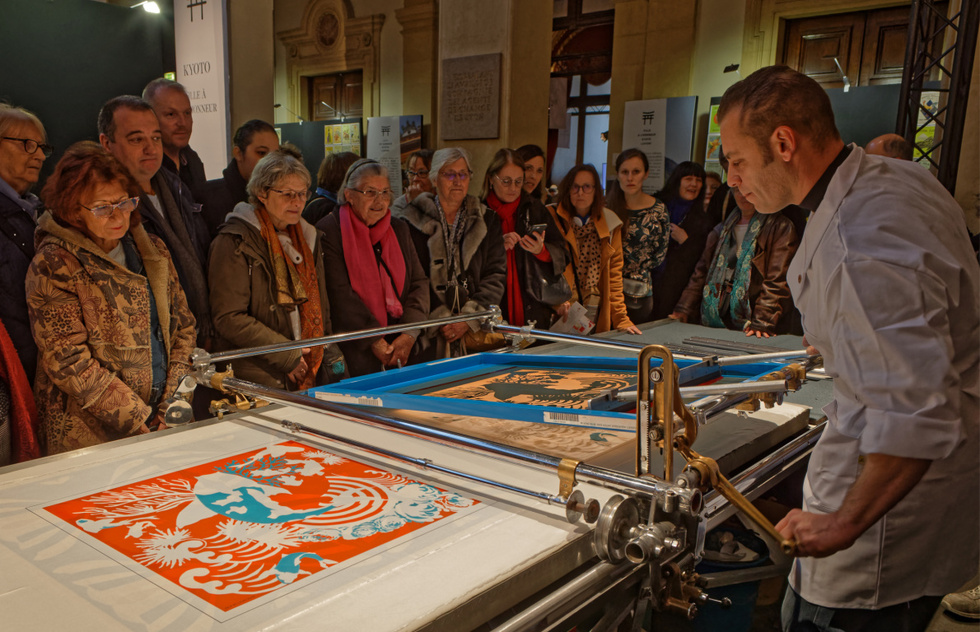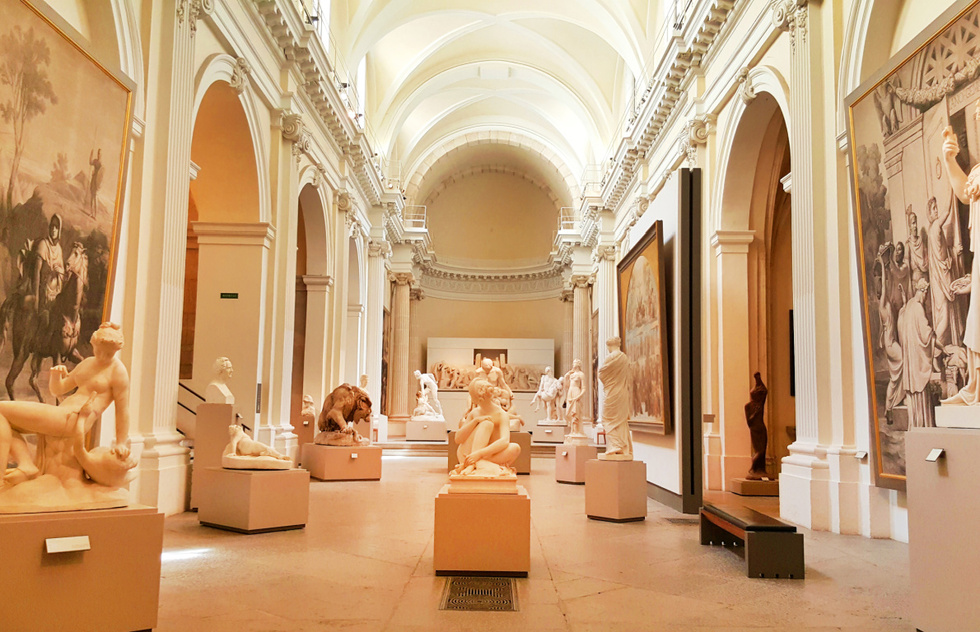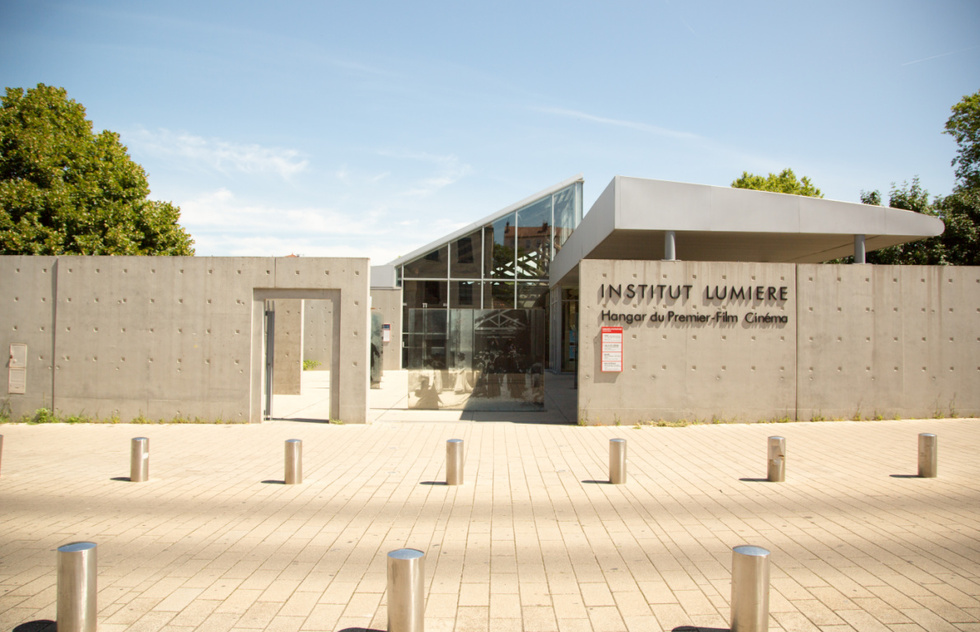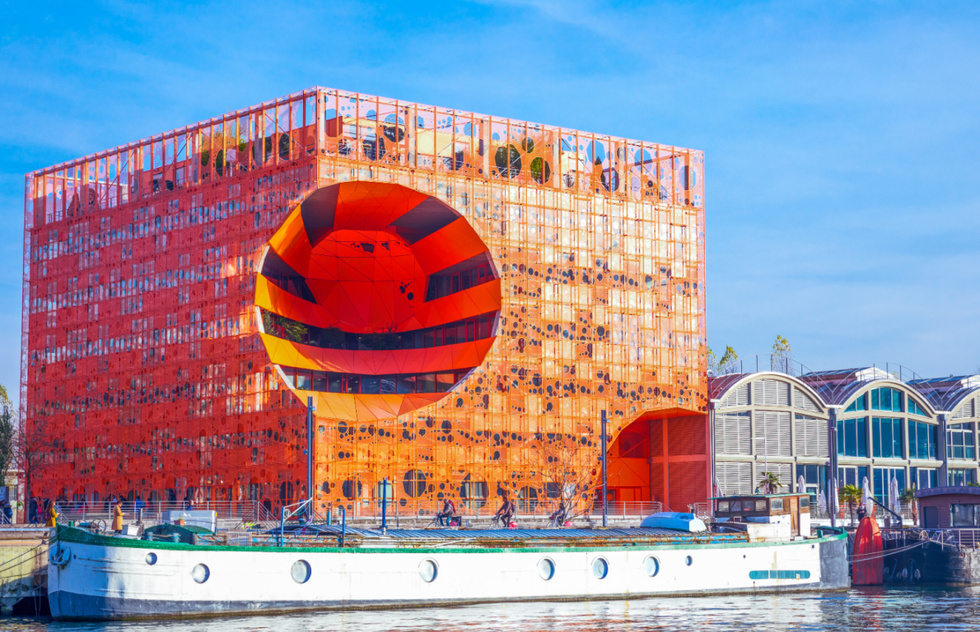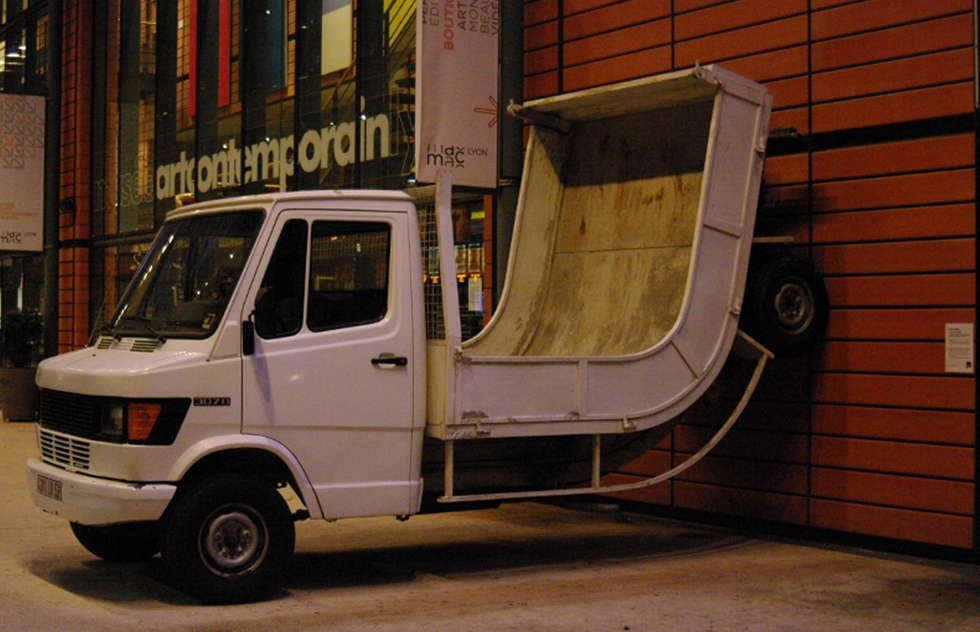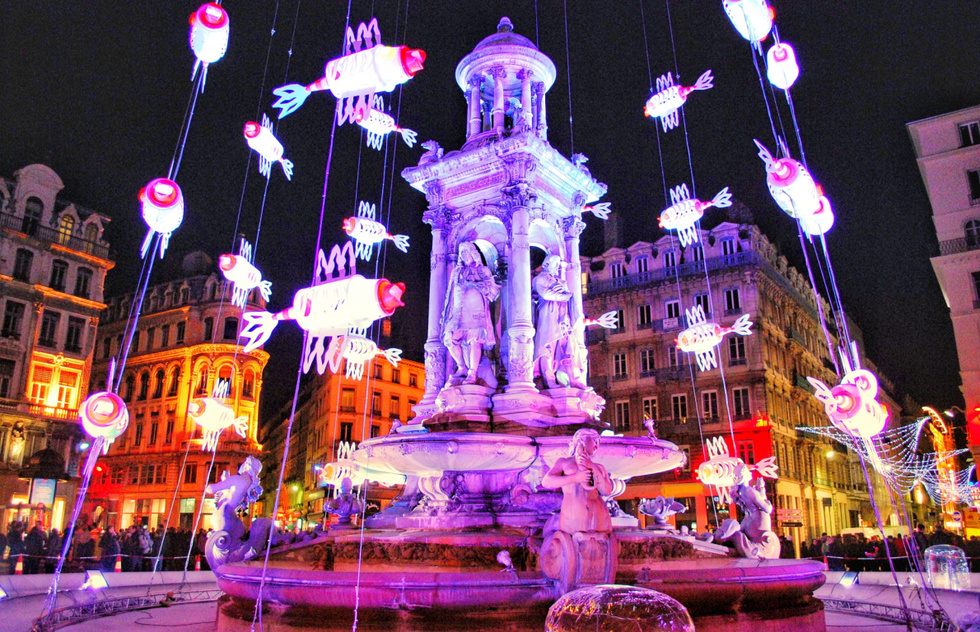12 Reasons Why Lyon Is One of France’s Most Underrated Cities
By Ali ArminioUpdated February 15, 2023
Paris, Nice, Bordeaux, the D-Day Beaches of Normandy—those places typically come to mind first when tourists think of France. But Lyon? It's usually lower on the list. Despite being France’s third-largest city, arguably the country’s gastronomical capital, and the home to several UNESCO World Heritage Sites, Lyon tends to fly under the tourism radar.
Here are a dozen impressive sights, historic landmarks, and fun traditions proving Lyon deserves more attention.
Let’s start at the top. From almost anywhere in Lyon you can look up and see the Basilica of Notre-Dame de Fourvière on the city’s tallest hill. Built in the late 19th century to honor the Virgin Mary and demonstrate the city’s wealth, the neo-Byzantine basilica has unsurprisingly become the symbol of Lyon.
Locals refer to the church as the "upside-down elephant" for its large rounded body and four main towers as legs. Inside you will find lavish amounts of stained glass and mosaics, the crypt of Saint Joseph, and a museum of sacred art. Fourvière hill is one of the best places to gain a panoramic view of the city, so after exploring the ornate belly of the basilica head to the terrace or observatory.
Could there be a more appropriate location for an archeological museum than underground? The Gallo-Roman Museum was built into the side of Fourvière hill so that it could preserve the archeological site above.
Upon entering the facility, you descend a concrete staircase to discover statues, tablets, and other artifacts from back when Lyon was the Roman city of Lugdunum. Two large windows are cut out of the hillside to allow visitors to observe the Roman ruins next door. The rest of the museum’s design—dim light, barren décor, and stone walls—creates a fitting atmosphere to learn the story of the city’s ancient past. Don’t miss the famous Circus Games Mosaic, one of the only ancient representations of a chariot race still in existence.
This complex consists of a large amphitheater called the Grand Theatre and a smaller Odeon beside it. The site was completed in 15 B.C. to serve as the center of the Roman city. Up to 10,000 people would squeeze in to cheer on gladiator fights.
Today, the Grand Theatre is the oldest Roman structure of its kind in France. Cultural events are held here throughout the year. One of them, the Nuits de Fourvière, has become one of Europe’s largest summer festivals, showcasing music, dance, theater, circus arts, film, and other disciplines.
Most everywhere you walk in the Old City you’ll see passageways called traboules that were built starting in the 4th century so merchants could travel throughout the city unseen. Today, the walkways are mostly open to the public, offering a behind-the-scenes peek at Lyon.
Simply duck through the large entrances tucked between local businesses and suddenly you’ll be in another world that feels far from the street traffic. Filled with homes, courtyards, gardens, and narrow stone corridors, the traboules feel like an escape into the city’s past even while supplying glimpses of contemporary Lyonnaise life.
For a souvenir of your visit, you can't do better than a scarf or tie from Europe’s silk production capital. In Croix-Rousse, the neighborhood atop the city’s northern hill, you can find where silk workers, called canuts, established the famous industry and where a few still work today. Be sure to look up: In order to fit the large looms in the workers’ hybrid factory-homes, buildings here have noticeably taller windows and ceilings. The Maison des Canuts museum and workshop contains exhibits explaining the silk industry’s long history; visitors can also watch weavers create products using intricate techniques invented in the 15th century.
Pictured above: A demonstration at the Silk in Lyon Festival, held annually at the Palais de la Bourse
Come to Lyon with an empty stomach, because you’re going to want to try everything. For uniquely Lyonnaise cuisine, visit one of the small, family-owned bouchons found on every street in the older part of town. At these cozy restaurants you’ll try the city’s signature dishes: Lyonnaise salads (topped with poached eggs, bacon, and a Dijon dressing); saucissons and andouillettes (varieties of sausage); quenelles (fluffy fish dumplings, usually made with pike; pictured above); and praline tarts. Prepare to dine the French way, taking your time to savor the food and atmosphere.
Lyon’s most important museum contains one of the largest art collections in France. It got going in 1803, when 110 paintings were donated from the Louvre in Paris. Since then, the museum has grown to house a substantial trove of Islamic masterpieces, classical Greek sculptures, and paintings from the 13th century to the present, including notable works by Rembrandt and Monet.
In Lyon, the Lumière brothers created cinema as we know it today. Before them, people had to watch short, looped films through individual viewing machines. But in the 1890s, the Lumières invented a camera that doubled as a projector, drawing massive crowds to theaters and transforming the cinematic experience into a collective one.
The Institut Lumière features a museum dedicated to the early history of cinema, daily film screenings, and the Lumière Film Festival held every October. You can even stand in the exact spot where, in 1895, the Lumière brothers shot Employees Leaving the Lumière Factory, which some movie historians consider the first real film.
Located on the less-than-1-square-mile plot of land where Lyon’s two rivers (the Rhône and the Saône) converge, the post-industrial Confluence district aims to be an ecological, collaborative living environment of the future, with lots of space-age buildings running on forward-thinking energy sources. At the Musée des Confluences questions about Lyon’s anthropological history are answered. Check out the neighborhood's breezy shopping mall and relax in the public green areas along the rivers to contemplate the contemporary architecture. You just might forget you’re in one of the oldest cities in France.
Pictured above: the Orange Cube building
This museum doesn’t just display art—it makes art, too. The guiding philosophy here is to invite artists to create works on site, and then show the public only stuff that was made at the museum. With no permanent exhibitions, the place is continually reinvented each time new artists take over. You could come back every year and get an entirely novel experience every time.
For four nights every December, Lyon transforms into a dazzling spectacle of color and light. The Fête des Lumières has its roots in locals' longstanding tradition of honoring the Virgin Mary by placing lit candles in windows and on balconies on December 8, the Feast of the Immaculate Conception. From those humble beginnings, the light festival has grown into a showcase for elaborate light shows in the streets and on the façades of major buildings.
At once old and new, leisurely and exciting, and urban yet with an intimate, small-town vibe, Lyon supplies a gratifying taste of French life in all its beauty and complexity. And we do mean a literally gratifying taste—did we mention the food? Though the tendency of tourists to overlook the city makes no sense, visitors can reap the perks of that puzzling oversight by settling into the rhythm of Lyon without having to bother with huge crowds of other travelers. Linger at a bouchon, laze along the riverbanks, and surrender to a uniquely rewarding destination with much to savor in every sense (did we mention the food?).





